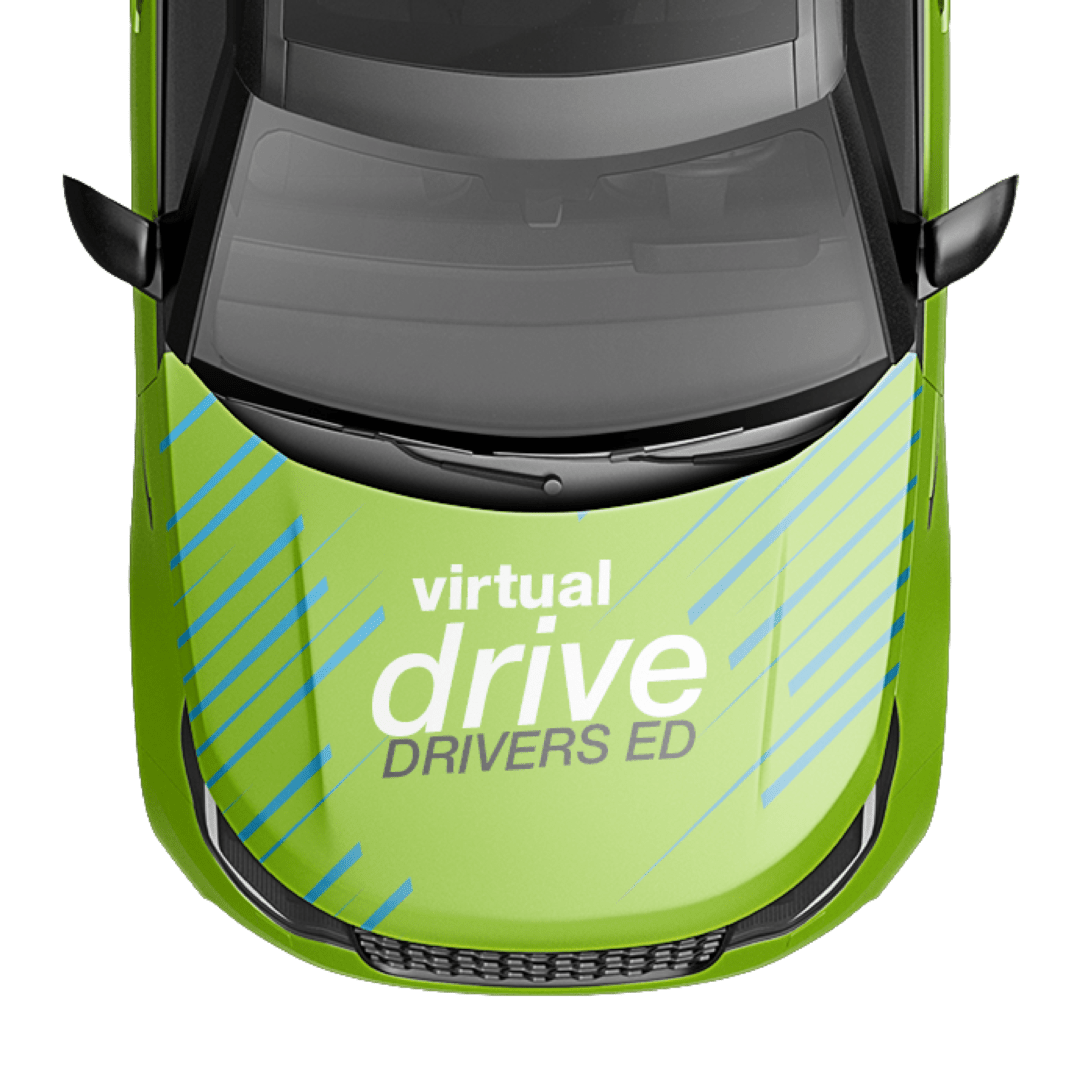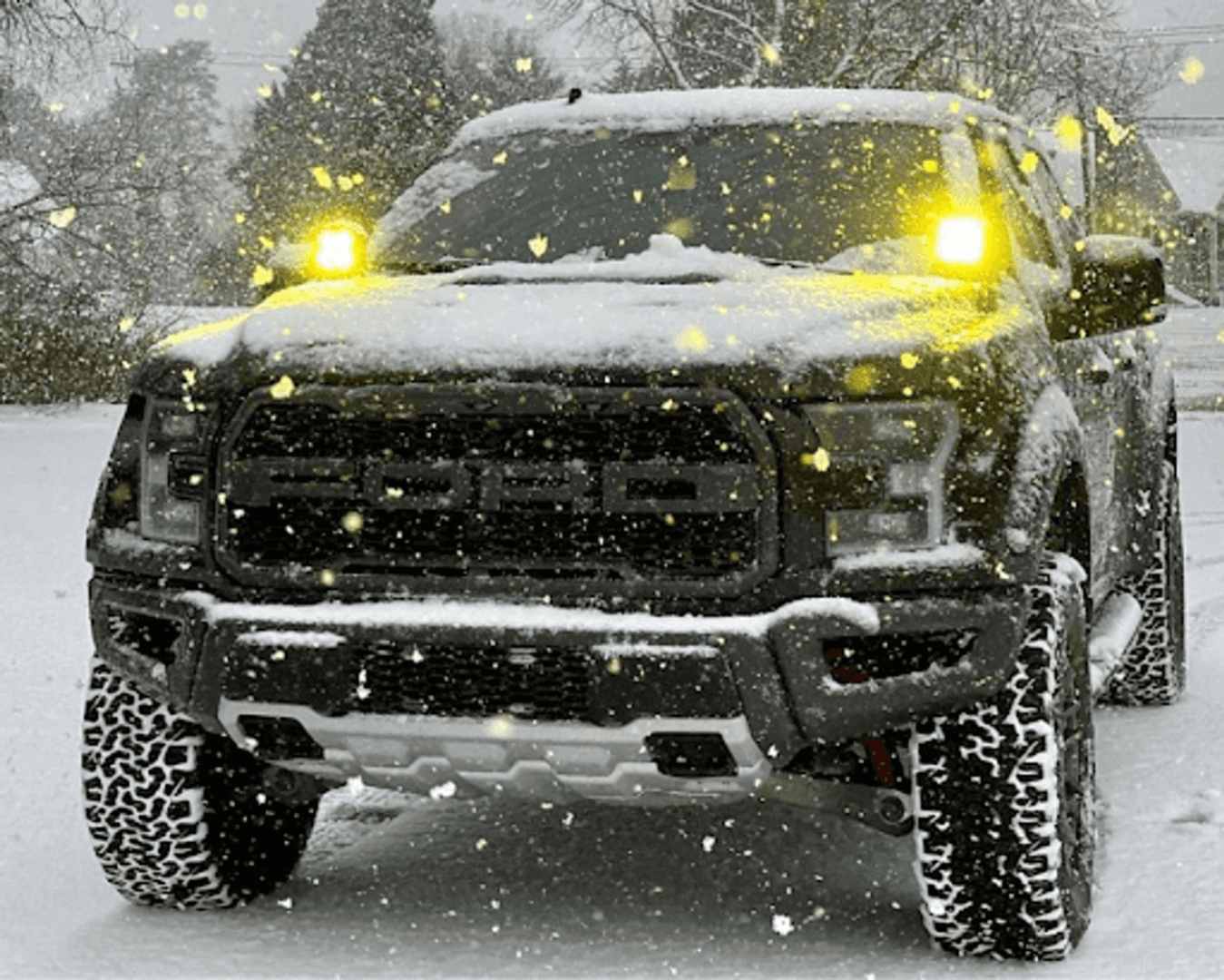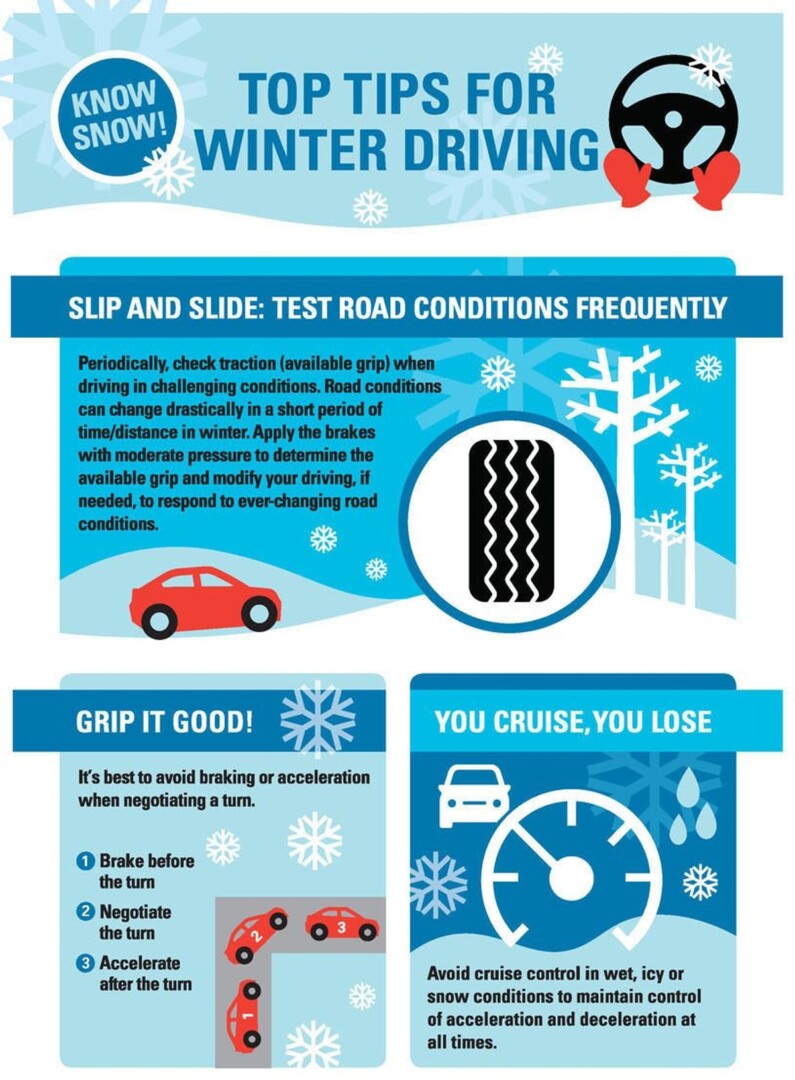Winter driving presents a unique set of challenges, from icy roads and snowstorms to limited visibility and colder temperatures. As the weather becomes unpredictable, it’s crucial to ensure that your vehicle is equipped with the necessary features to handle the conditions. Certain car features can make all the difference in keeping you safe, maintaining control of your vehicle, and avoiding accidents during winter months.
In this blog, we’ll explore the top 10 features every vehicle should have for winter driving and how they can help you navigate challenging road conditions with confidence.
1. All-Wheel Drive (AWD) or Four-Wheel Drive (4WD)
All-wheel drive and four-wheel drive systems are essential for winter driving, particularly in regions where snow, ice, and slush are common. These systems provide additional traction by powering all four wheels, which helps prevent slipping and improves vehicle stability in slippery conditions.
- When to Use It: AWD is typically found in crossovers and smaller SUVs, while 4WD is available in larger SUVs and trucks. Both systems provide better traction, but 4WD is often preferred for off-road driving and severe winter conditions.
- Benefits: Improved traction on slippery, icy roads; better stability in snowstorms; reduced risk of getting stuck in deep snow.
2. Anti-Lock Braking System (ABS)
ABS is a vital safety feature that prevents the wheels from locking up during hard braking, allowing the driver to maintain steering control. This is especially important on icy or wet roads, where locked wheels can cause a vehicle to skid or lose control.
- When to Use It: ABS is activated when you apply heavy pressure to the brake pedal, particularly in emergency situations or when stopping on slippery surfaces.
- Benefits: Enhanced control during panic stops, better braking performance on slippery surfaces, and reduced risk of skidding.
3. Heated Seats and Steering Wheel
While heated seats and steering wheels may seem like a luxury, they can be a game-changer during cold winter months. These features can help you stay warm quickly, preventing discomfort and ensuring that you remain focused on the road.
- When to Use It: Use the heated seats and steering wheel as soon as you start the car to quickly warm up and maintain comfort, especially in freezing temperatures.
- Benefits: Increased comfort during cold weather, improved focus while driving, and reduced risk of fatigue on long winter drives.
4. Winter Tires
Winter tires are specially designed to handle the cold temperatures, ice, and snow that come with winter weather. These tires have a different tread pattern and rubber compounds that help improve traction and stability in cold conditions.
- When to Use It: Install winter tires before the first snowfall, or when temperatures consistently drop below 45°F (7°C).
- Benefits: Better grip on icy and snowy roads, shorter stopping distances, and improved overall vehicle control in winter conditions.
5. Traction Control System (TCS)
Traction control is a feature that helps prevent wheel spin when accelerating, especially in slippery conditions like snow or ice. If the system detects that one or more wheels are slipping, it automatically reduces engine power to maintain control.
- When to Use It: Traction control is usually activated automatically when needed, but it can be turned off if you need more wheel spin in certain situations, such as when stuck in deep snow.
- Benefits: Enhanced stability during acceleration on slippery roads, prevention of fishtailing, and improved vehicle control in winter conditions.
6. Remote Start
A remote start system allows you to start your vehicle from a distance, which can be especially helpful on cold winter mornings. By starting the car remotely, you can warm up the engine and cabin before you get in, saving you time and making your drive more comfortable.
- When to Use It: Use the remote start system to warm up your car before heading out, allowing the engine to run and the heater to kick in.
- Benefits: More comfort during cold mornings, defrosting of windows before entering the vehicle, and less time spent waiting for the car to heat up.
7. Fog Lights
Winter driving often comes with reduced visibility due to snowstorms, fog, or icy roads. Fog lights provide extra illumination close to the ground, improving visibility in conditions where standard headlights may not be as effective.
- When to Use It: Fog lights are most useful in foggy, snowy, or rainy conditions, where visibility is significantly reduced.
- Benefits: Improved visibility in low-light or adverse weather conditions, better illumination of the road surface, and safer driving in bad weather.
8. Blind-Spot Monitoring
Blind-spot monitoring helps detect vehicles in your blind spots that may not be visible through your mirrors. During winter, when roads can be more congested and visibility is reduced, this feature provides an extra layer of safety when changing lanes or merging onto highways.
- When to Use It: Blind-spot monitoring is helpful when changing lanes, making turns, or driving on highways with heavy traffic.
- Benefits: Increased awareness of surrounding vehicles, reduced risk of side collisions, and improved overall driving safety during winter conditions.
9. Rearview Camera and Parking Sensors
Snow, ice, and salt buildup can obscure your rearview mirror, making it difficult to see obstacles behind your car. A rearview camera and parking sensors provide an additional layer of visibility and help you avoid accidents when reversing or parking.
- When to Use It: Always use the rearview camera and parking sensors when reversing, particularly in snowy or icy conditions, where obstacles may be harder to see.
- Benefits: Better visibility when reversing, reduced risk of backing into objects or pedestrians, and safer parking in tight spaces.
10. Defrosting and Demisting System
A defrosting and demisting system helps clear your windows quickly in the winter, reducing fogging and ice buildup on the windshield and side windows. This is crucial for maintaining good visibility when driving in freezing temperatures or during heavy snow.
- When to Use It: Use the defrosting system to clear frost or condensation from the windows before driving, ensuring clear visibility at all times.
- Benefits: Enhanced visibility during winter months, quicker defrosting of windows, and improved overall driving comfort.



